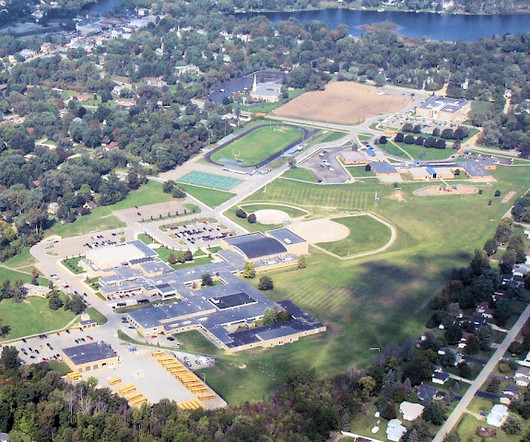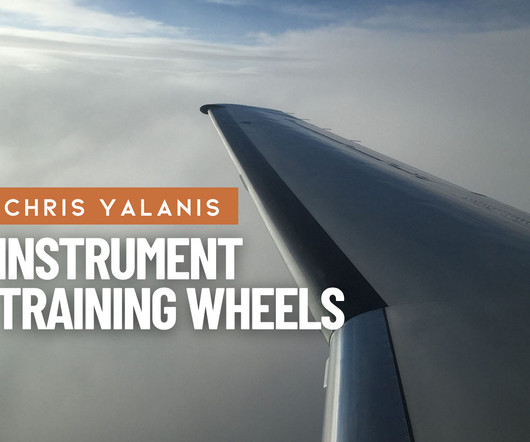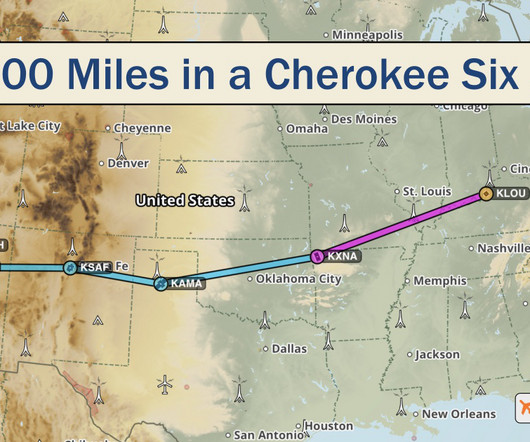Always Have an Out: The SLD Incident
Photographic Logbook
MAY 25, 2025
I filed the return flight plan from Mike's car along the way, remembering to file my preferred airway route plus a request to avoid flight over Lake Erie. When filing the return flight plan, I debated between cruise altitudes of 5,000 and 7,000 feet. Thanks to Jeff and Carrie for hosting and feeding us!













Let's personalize your content